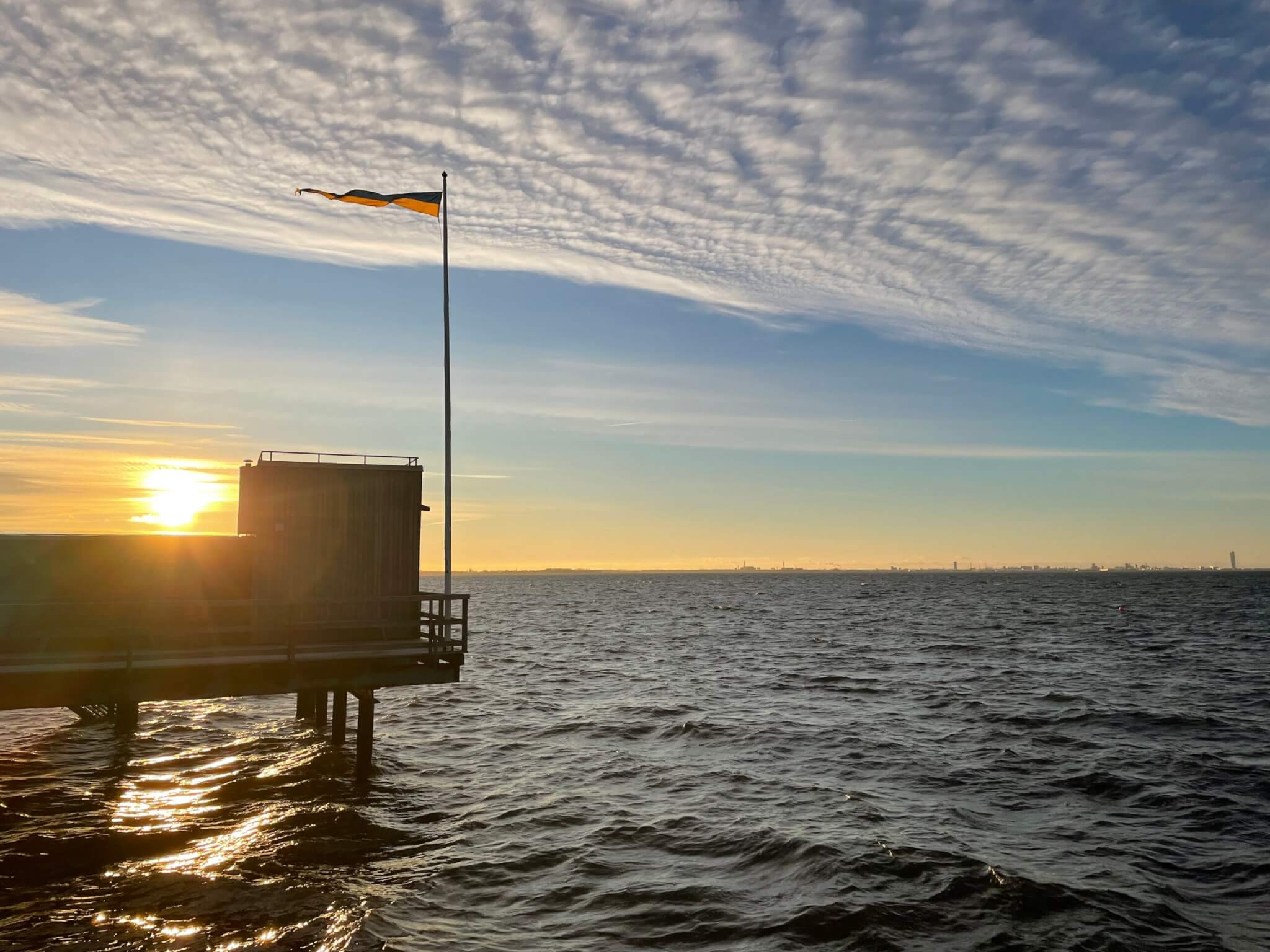
Water in solid body rotation.
Spinning up a tank until all water particles move with the same angular velocity.
Before running the Ekman spiral experiment, the tank needs to be spun up to solid body rotation. Even though the concept itself is not difficult, it seems to be difficult to determine when a body of water has reached the point where it rotates as a solid body. So here is my attempt to sort my thoughts well enough to explain it better next time I teach this experiment.
Firstly: Solid body rotation of water in a tank basically means that every water molecule is at rest relative to the tank (neglecting thermal movement). This means that over any given period of time, particles that started out on a straight line going radially outwards from the centre will still be on straight line going radially outwards from the centre, with the same radii as initially.
But since we are usually not rotating with the tank, this is pretty hard to observe from a non-rotating frame. Enter the mounted camera rotating with the tank (and, I think, the confusion).
When we start up the rotation of the tank, the water is initially at rest in the frame of the lab. This means that for a counter-clockwise rotating table, particles on the water surface appear to be moving clockwise when observed on the screen.
As time goes by, the water inside the tank starts spinning with the tank, and with it the particles on its surface. On the screen, this appears as though the particles are slowing down.
When the particles don’t move any more relative to the coordinate system underneath the tank, the water is moving with the same speed as the tank and solid body rotation has been reached.
Part 2 will shortly be uploaded, looking into how momentum is being transferred from the tank to the water.

Taylor column - Dr. Mirjam S. Glessmer says:
[…] tank at 5rpm (ca 7 on GFI’s large tank’s display) with the obstacle in the water until solid body rotation is reached (We know that solid body rotation is reached if paper bits distributed on surface all […]
Spinning dye curtain — when a tank full of water has not reached solid body rotation yet | Dr. Mirjam S. Glessmer says:
[…] With all the rotating tank experiments I’ve been showing lately, one thing that comes up over and over again is the issue of solid body rotation. […]
Demonstrating Ekman layers in a rotating tank: High pressure and low pressure systems! | Dr. Mirjam S. Glessmer says:
[…] a tank and observing what happens before the water has adjusted to the new rotation and has reached solid body rotation. Spinning the tank up or down creates high and low pressure systems, respectively, similar to […]
We have water in our rotating tank! Now testing the lasers – Mirjam S. Glessmer says:
[…] the very first water coming into our tank. Only a couple of hours, and the tank was full! And in solid body rotation (since it has been spinning all the time while being filled) which means that we can start doing […]
We have water in our rotating tank! Now testing the lasers – Elin Darelius & team's scientific adventures says:
[…] the very first water coming into our tank. Only a couple of hours, and the tank was full! And in solid body rotation (since it has been spinning all the time while being filled) which means that we can start doing […]